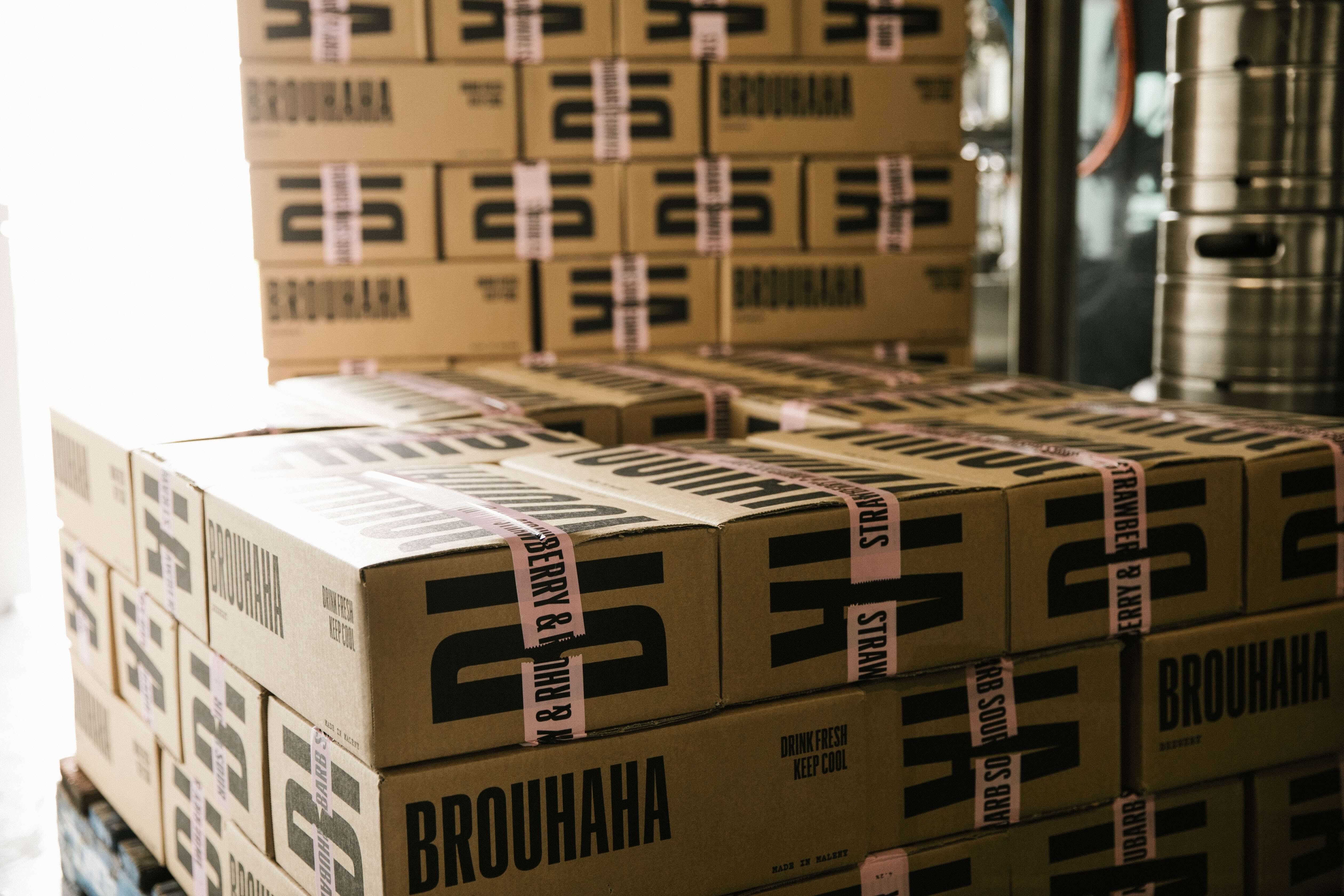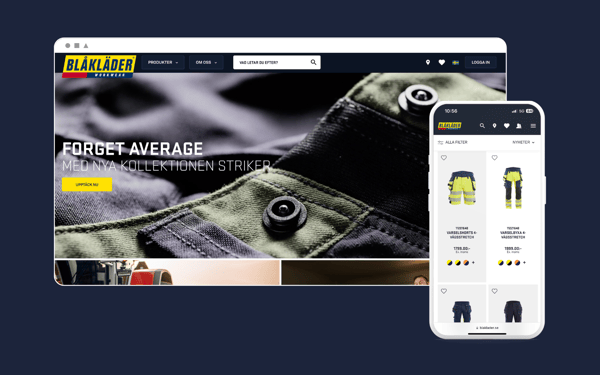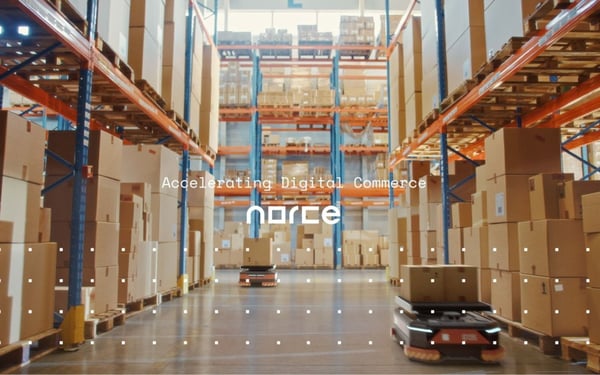In one of our previous posts we wrote about what to think about when building up different structural items or different package products and the possibilities that exist. The post was quite general, but all the examples were based on a B2C perspective, which could clearly be applied to B2B as well. However, if you're looking specifically at the B2B world, there are other needs, and also opportunities.
There can be confusion about concepts here as well, as everyone has their own terms. But what the two worlds have in common, is that one or more products are combined in different packages or offers, to provide more favourable prices for the customer. Let's go through a couple of different types of packages that work well for B2B.
Stacking
While perhaps not a package in the true sense of the word, stacked prices or discount ladders are common in B2B, although they do occur in B2C as well. Within B2C, a discount ladder usually means that the discount increases as the amount you shop for increases. For example, shop for £50 and get 10% off, shop for £100 and get 15% off.
In B2B, the ladders are usually at the product level. For example a specific product costs £1 per unit, but if you buy 100 they cost 80p each and if you buy 1000 units the cost is just 50p per unit. This type of discount is common in consumer goods where the merchant wants to remind the customer that it's a good idea to stock up on certain products. This is different from package products because your starting point is always unit products.

Hard package
In the previous post, we assumed that the packages were created in the e-commerce platform but were unknown to the business system. This means that an order in the business system only contains the items included in the package.
Another type of package is a so-called hard package that is stored in the business system and can often be packed by the manufacturer. An example could be a keyboard and mouse. You can't break open the packaging and sell the products separately. Another example is an electronic product with the batteries included. There you might have a large box of batteries on the loading dock so you can send the batteries with the orders, but the batteries cannot be bought separately.
Even hard packages can be displayed with their components, often called a Bill of Materials (BOM). You can choose if you want the components to be available for purchase separately.
Packaged products
Packaged products are another way to make buying large quantities of a specific product more attractive. The product is usually sold in its individual packaging, e.g. light bulbs: a small box with one light bulb. However, these come packed in a larger pack, which contains perhaps 10 boxes which in turn is packed in a larger package of 4 packs, which is finally wrapped in plastic on a pallet. Instead of buying 300 light bulbs for your store, you buy 320 because it's cheaper and the amount is exactly one fully loaded pallet.
- Unit (small box) = 1 bulb
- Pack = 10 boxes (10 bulbs)
- Large package = 4 packs (40 bulbs)
- Pallet = 8 large packages (320 bulbs)
For B2B (wholesale) it is often more advantageous to sell the product in complete packages. Then the warehouse doesn't have to open the packages and pack the individual parts. This can be economical, decrease wastage and save time.
.png?width=1665&height=1130&name=Sk%C3%A4rmavbild%202022-10-04%20kl.%2015.26.06%20(1).png)




